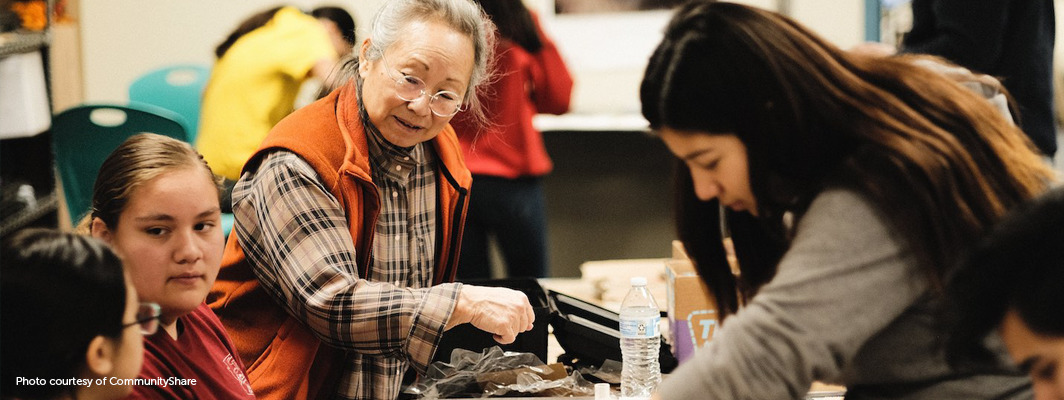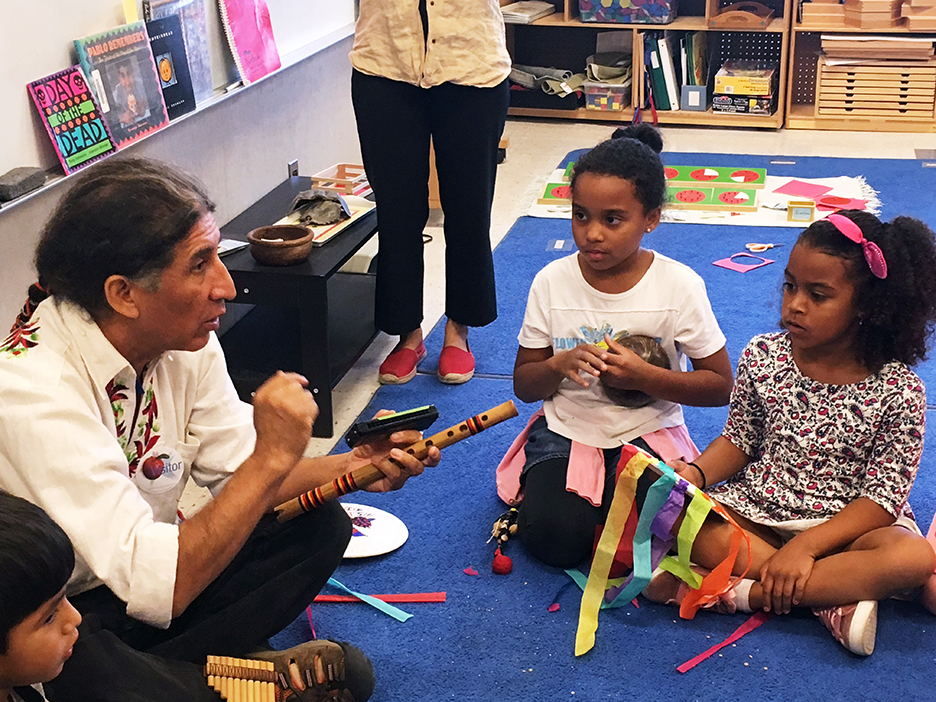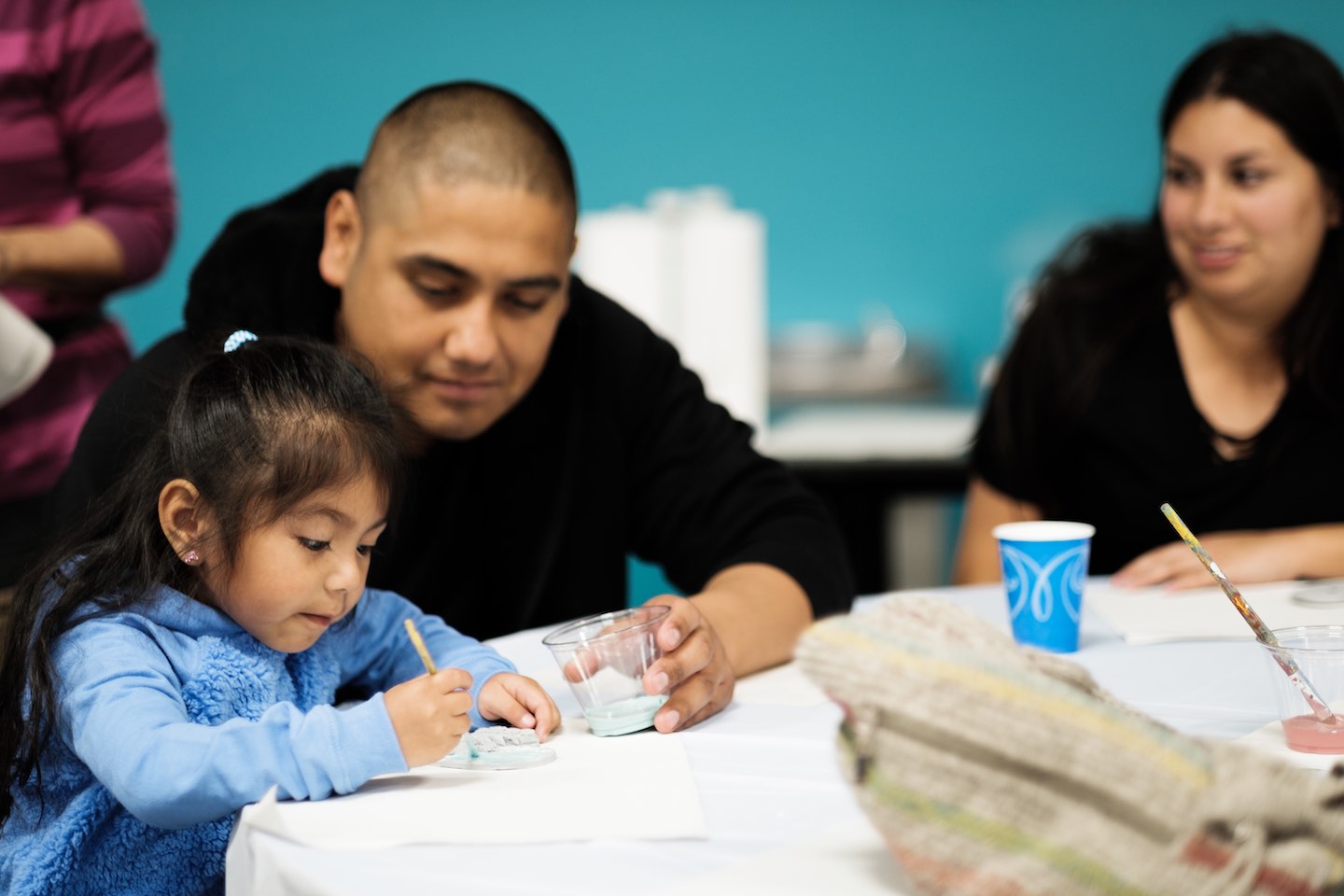
August 28, 2020 | By Cricket Fuller
Communities around the country are facing unprecedented challenges that have exposed and exacerbated deep inequities across our society and educational systems. But those same communities are also responding to these challenges with remarkable urgency, flexibility, and ingenuity.
As school starts again this fall amid the ongoing crisis, the Digital Promise Education Innovation Clusters (EdClusters) network demonstrates the value of partnerships between school systems and their surrounding communities. Below, we offer powerful examples from Tucson, Ariz., and the San Francisco Bay Area.
In Tucson, CommunityShare works to connect thousands of students and PK-12 teachers to community members—from glass blowers to engineers—through its online platform and other programming across southern Arizona. As COVID-19 shifted learning online, students and educators lost access to those hands-on, in-person real world learning experiences and mentors. Students and teachers were struggling, but so was the local economy, especially the creative community of artists, photographers, STEM professionals, and others who are a vital part of the CommunityShare network—connecting students to culture, new ways of learning, and avenues for exploring their identities.

Prior to COVID-19, two artists visited Drachman Montessori school and helped students create musical instruments and puppets with recycled materials. Using their creations, students and the guest artists designed a performance piece on the process of pollination. (Photo courtesy of CommunityShare)
CommunityShare sought funding to enable local artists to continue engaging with classes, and teachers and artists began co-creating virtual lessons. Yarrow King, a dancer, taught Mabel Rivera’s third-grade class at Innovation Academy about Latin influence on American culture through music standards, rhythm, and the physics of sound. King showed the students dance moves and demonstrated how various instruments created sound. Speaking to the Arizona Daily Star recently, she said, “It felt that the most important thing I can share with them right now is love and maybe a little bit of fun … so I incorporated that into our studies.”
Teachers across the region reported that students were more engaged and had higher attendance during digital learning due to the excitement of working with artists and other partners. CommunityShare’s co-founder Josh Schachter sees artist and STEM-based virtual residences as a way to offer authentic learning experiences and build critical relationships between caring adults and students, especially in the context of digital learning: “I believe we need to search for solutions that develop resilient students, teachers, and communities as we weave learning ecosystems together.”
Schacter added, “Student engagement was a challenge before COVID-19 and is going to be an even greater challenge this year. If students are able to explore their own passions, lived experiences, and ideas on a project (whether virtual or in-person) with a community partner, the learning will be more relevant and inspire greater engagement. Not to mention, students have great ideas and can bring them to address the societal challenges we face today.”
In addition to student voice, a pillar of CommunityShare’s work across the region has been celebrating teacher voice and connecting teachers through a fellowship program. Teachers fellows are part of a community of practice with their peers across multiple districts. After COVID-19 shifted schools to digital learning, the teachers shared how the fellowship community not only provided pedagogical support but also offered socio-emotional support, a safe space to be vulnerable, and served as “a peer-based lifeline.” Based on overwhelming feedback, CommunityShare plans to focus even more resources and energies on expanding this support for teachers throughout Southern Arizona and beyond.

Before the pandemic, Carolyn King, a local artist, worked with a teacher and students to beautify an abandoned garden with clay creations. They planned family art nights to engage students with their family members. (Photo courtesy of CommunityShare)
In the Bay Area, Mindcatcher has worked with educators and schools to connect them with community experts and foster student agency and voice. As Mindcatcher founder Nakeyshia Kendall has seen amid the added stresses of the pandemic, teachers are in desperate need of—yet have poor access to—social-emotional learning (SEL) supports. Kendall explained, “Given what researchers know about the impact of anxiety on educator retention and student achievement, schools and districts need more strategies for ensuring educator well-being when school reopens in the fall amidst COVID-19, and broader societal attention to racial inequity.”
Mindcatcher has seen that authentic community-building fosters belonging and collaboration and is championed by school administrators. Data from the first three years of their programming in this area show greater educator engagement over time, a reported increased sense of efficacy in cultivating student-led learning environments, and increased participation from educators of color. In one school serving a high population of students “furthest from opportunity,” that participation more than doubled in three years and overall teacher retention increased from 64 to 94 percent.
As schools continue digital learning, and the demands and stresses on educators increase, Kendall sees educator supports like these as even more vital. This fall Mindcatcher launched a fellowship for education leaders of color across formal and informal learning spaces, called Collective Support: Fellowship for Education Leaders of Color.
The power of approaches like those of Mindcatcher and CommunityShare isn’t just in the way they meet educator and student needs during challenging times. Their power—and longer-term impact—lies in how they center youth and build resilient communities around them. Schools and organizations that support learning this fall will benefit from forging the same connections.
For more community insights, read how the Remake Learning Network and its partners in Pittsburghhave rallied amid COVID-19 and networks in Kansas City and Rhode Island have tackled the digital divide and supported parents and families with distance learning.
By Sharin Jacob and Quinn Burke
By Dr. Kyle Dunbar and Katie Wilczak
By Elliott Barnes and Sara Mungall